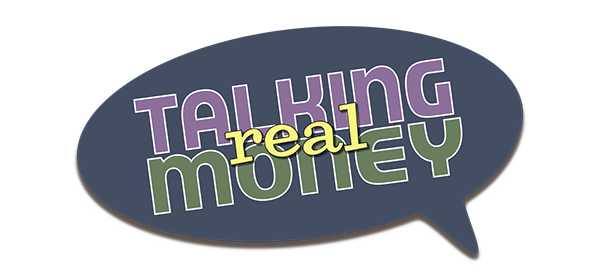Lower Future Returns?
What kind of returns should investors reasonably expect from their portfolio in the current environment? Vanguard's Chief Investment Officer, Tim Buckley and Chief Executive Officer, Tim McNabb discuss the possibilities for the future in this recent interview:
Q: What is a reasonable target return to expect or plan for over the long term from a well-diversified portfolio expressed in both nominal and real (after-inflation) terms? So, Tim, I’m going to throw that one to you. What are your expectations—long-term expectations—and have they changed?
Tim Buckley: It’s a rich question. It’s a question that I’m sure many of our clients, our viewers, have on their minds tonight. Reason being is that you look at bonds today, yields are at historical lows. And so you can’t expect that much return from bonds going forward. Stocks have had a nice run, and usually when they’ve had a nice run, people start thinking is there more gas in the tank, right? How much more can I get from them? So it’s a lot of questions. What can I expect going forward? We would say temper your expectations.
Imagine, if you look out ten years, a 60% stock/40% bond portfolio might give you, say, 6% a year. And that’s, that’s a central tendency of a range of 4 to 8. So it’s not a pinpoint 6%, but in that, an idea is you’d get 6% a year. That’s lower than what you’ve seen in history. But it’s not a shabby return. I mean, think about it, every 12 years you double your money. So there’s a huge incentive to invest. And looking forward it to there’s that real and nominal. Looking forward to it, there’s, inflation will probably take less of a bite than it has in history, so you’ll keep more of that return than you did of the 8.5%.
Q: So real—it’s just meaning your returns after inflation.
Tim Buckley: Exactly, returns after inflation. And, Bill, you’ve thought about the lower-return environment. You have any strategies for . . .
Bill McNabb: Well, you know, just to be specific on the real return that the questioner posed, if you think of inflation maybe getting back to 2%–21/2% over the next decade,
that gives you a 31/2%–4% real return, which as Tim alluded to, a couple hundred basis points—2% or more—lower than historical norms. So, you know, the real question then is, so what do I do about that as an investor? I’d say a couple of things. One, cost is going to be even more important, because in a lower-return environment cost takes a bigger chunk. So making—keeping sure that your expenses are very low.
The second thing is that for those who are in the accumulation phase, say, saving for retirement, it probably would be wise to try to increase savings rates by 1 or 2%. An increase in savings rates will more than offset a lower-return environment. And I actually think it’s a pretty important message, especially for people who are sort of mid-career and really saving in their defined contribution plan in particular.
Q: Now we know that, and I work in our 401(k) business, and the majority of our investors are not saving up to the recommended rate that we would suggest.
Bill McNabb: You know, the average across the industry is just under 10% when you add the company match and the employee contribution in the 401(k) system. We think that number actually needs to be closer to 12 to 15, especially in a lower-return environment. And so we’re doing everything we can on the education front there.
Tim Buckley: And you never regret saving more, right? Rebecca Katz: That’s right.
Q: How do you expect emerging markets to perform in 2015? Which is the better bet, India or China?
Tim Buckley: When we look at the emerging markets, we don’t think you should probably play one country versus the other. You should look at a well-diversified portfolio of emerging markets and that return stream that that can bring. The emerging markets, they haven’t had the run-up that you’ve seen in the developed markets, especially in the U.S.
So the P/Es there are lower, and they should be lower because there’s added risk. There’s
a lot more geopolitical risk. And there’s a lot of concern there about the slowing growth in China and such. But that’s built into the price today. So you should still invest in the emerging markets, and we would expect with that lower P/E that it should be part of your portfolio. And then, if you look out ten years, that you should get a return that’s in line with the historical expectations for that asset class.
Q: We do as part of our investment methodology have emerging markets as a portion of your overall equity portfolio.
Tim Buckley: Usually you’d hold international. You might hold 30% to 40% of your equity portfolio in international stock, in international equity funds and a portion of that should be there.
All investing is subject to risk, including the possible loss of the money you invest. Diversification does not ensure a profit or protect against a loss.
Past performance is not a guarantee of future results.
Bond funds are subject to the risk that an issuer will fail to make payments on time, and that bond prices will decline because of rising interest rates or negative perceptions of an issuer’s ability to make payments.
Investments in securities issued by non-U.S. companies are subject to risks including country/regional risk and currency risk. These risks are especially high in emerging markets.
© 2015 The Vanguard Group, Inc. All rights reserved. Used with permission.
